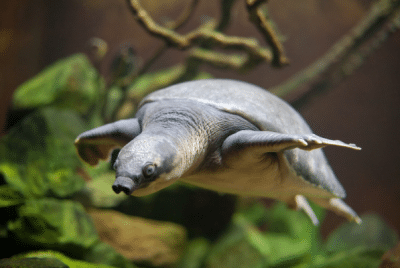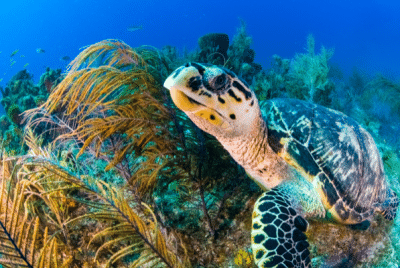Turtles Mating: Comprehensive Guide of Intracacies
Understanding the Complexities of Turtles Mating
A deep comprehension of turtles mating behaviors is essential for those dedicated to turtle care and breeding. Whether in the wild or under human care, knowledge of turtle reproduction is paramount for ensuring their well-being. Let’s explore the intricate world of turtles mating, from the initial courtship to the nurturing of hatchlings.
The Art of Turtles Mating Courtship
Turtle mating displays a remarkable diversity influenced by both habitat and seasonal changes. The warmer months typically witness elaborate courtship rituals performed by males to captivate females. These rituals, a blend of hdead bobbing, gentle nudging, and even subtle biting, are crucial for reproductive success and the perpetuation of the species.
Communication: The Turtle’s Language
Turtles have evolved a unique form of communication for the mating season, relying on a combination of visual, auditory, and chemical cues. While vibrant markings serve as visual allurements, auditory signals, such as soft grunts or calls, are less common. However, the subtle yet potent language of pheromones reigns supreme in attracting and selecting potential mates.
The Turtles Mating Ritual
Turtles mating unfolds in distinct stages. Male courtship rituals, often elaborate and persistent, precede the actual mating process. Once a female is receptive, the physical act of mating takes place, followed by post-mating behaviors. Males frequently guard their mate to deter rivals, while females prepare for the demanding task of egg-laying.

Diversity in Turtles Mating Strategies
The world of turtles showcases a stunning array of mating strategies. Aquatic turtles, such as the familiar red-eared slider, are renowned for their graceful underwater courtship displays. In contrast, terrestrial turtles, like the box turtle, exhibit more ground-oriented rituals. Some species, particularly certain tortoises, employ a more assertive approach, incorporating head-butting into their mating repertoire.
Challenges of Captive Turtles Mating
Breeding turtles in captivity requires a meticulous approach. Creating an environment that closely mimics their natural habitat, with precise control over temperature, humidity, and lighting, is essential. Additionally, addressing potential behavioral issues and ensuring optimal health through disease prevention and proper nutrition are critical components of successful captive breeding.
Crafting an Ideal Habitat for Turtles Mating
To encourage turtles mating in a captive setting, providing a spacious enclosure enriched with suitable substrate, hiding spots, and basking areas is paramount. By meticulously controlling temperature and humidity levels to mirror natural conditions, and by incorporating adequate lighting, including UVB rays, turtle keepers can create an environment conducive to successful mating.
Nourishing for Reproduction
A well-balanced diet, rich in calcium and essential vitamins, is crucial for maintaining optimal turtle health, especially during the demanding mating season. Supplements may be necessary to ensure adequate nutrient intake. Regular health assessments are vital to identify and address any potential issues that could impact reproductive success.
Observing and Intervening Wisely
Close observation of the turtles mating process is essential, but minimal human intervention is generally preferred. However, in instances of aggression or distress, careful intervention may be necessary. Proper handling techniques and temporary separation can help prevent injuries and maintain a positive breeding environment.
Post-Mating Care
The well-being of the female turtle is a top priority after mating. Providing a suitable nesting site and closely monitoring for signs of egg-binding are crucial. Once eggs have been laid, creating the ideal incubation conditions is essential for the successful development of hatchlings.
Nurturing the Next Generation
Hatchling care demands meticulous attention. Maintaining optimal temperature and humidity levels during incubation is vital. Newly hatched turtles require a diet rich in nutrients and a safe, nurturing environment to thrive. A deep understanding of their developmental stages is essential for their well-being.
Ethical Breeding and Conservation
Ethical breeding practices are fundamental for the long-term health of turtle populations. Avoiding inbreeding, supporting conservation efforts, and prioritizing responsible ownership are essential components of ethical breeding. The primary goal should be the well-being of the species, not personal profit.
Dispelling Common Myths About Turtles Mating
Many misconceptions surround turtles mating. It’s essential to dispel these myths and educate turtle enthusiasts about the realities of turtle reproduction. By providing accurate information, we can promote responsible turtle care and breeding practices.
Conclusion
A comprehensive understanding of turtles mating behaviors is indispensable for anyone involved in turtle care or breeding. From the intricacies of courtship to the challenges of captive breeding, each aspect of the reproductive process is crucial for the well-being of these fascinating creatures. For those considering turtle breeding, a deep commitment to their care and a thorough understanding of their needs are essential for success.




